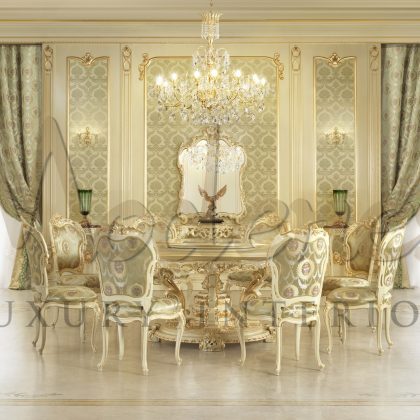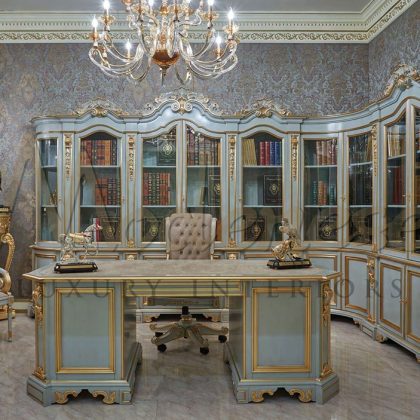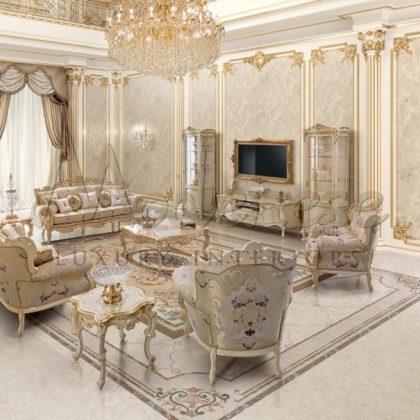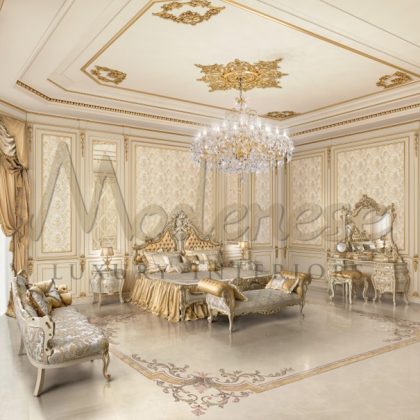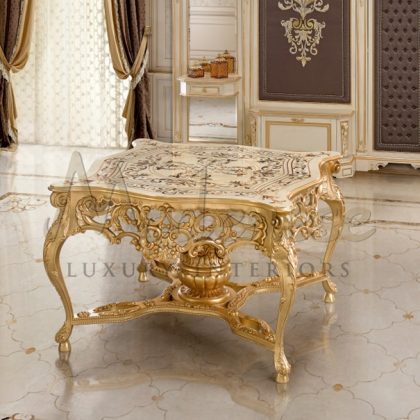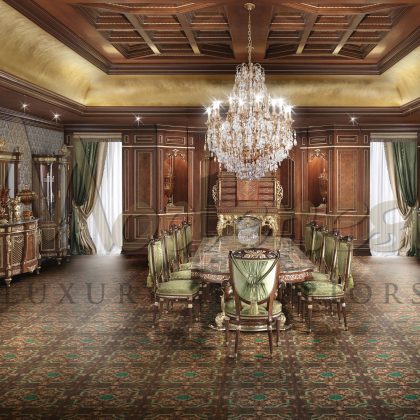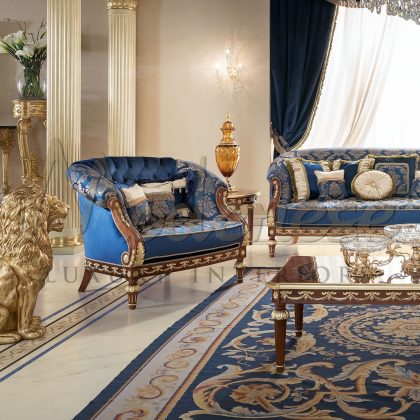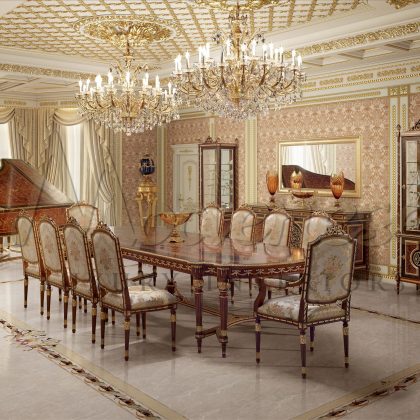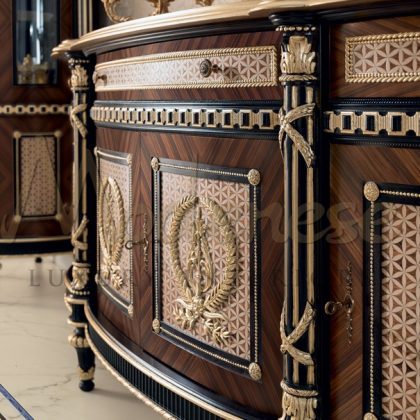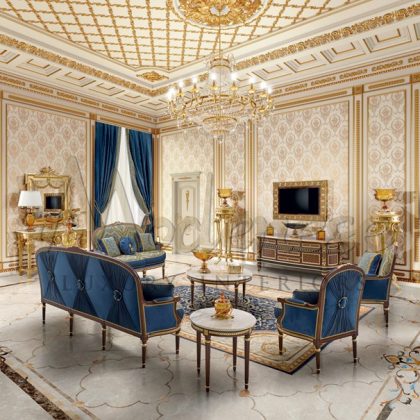Italian Furniture Design: From Renaissance Revival to Minimalism
Italian furniture design is known for its elegance, quality, and timeless beauty. For centuries, Italian furniture designers have created pieces that are not only functional but also works of art. The history of Italian furniture design can be traced back to the Renaissance period. When Italy was the center of the art world. Italian furniture design has evolved to encompass a range of styles. From the ornate and decorative Renaissance Revival to the sleek and minimalistic aesthetics of modern times.
Today, Italian furniture design continues to influence contemporary home decor. Italian furniture brands are renowned for their commitment to quality, craftsmanship, and design innovation. Italian furniture design offers a wide range of options for those seeking high-end, luxurious furniture pieces for their homes. We will explore the history and evolution of Italian furniture design, from Renaissance Revival to Minimalism.
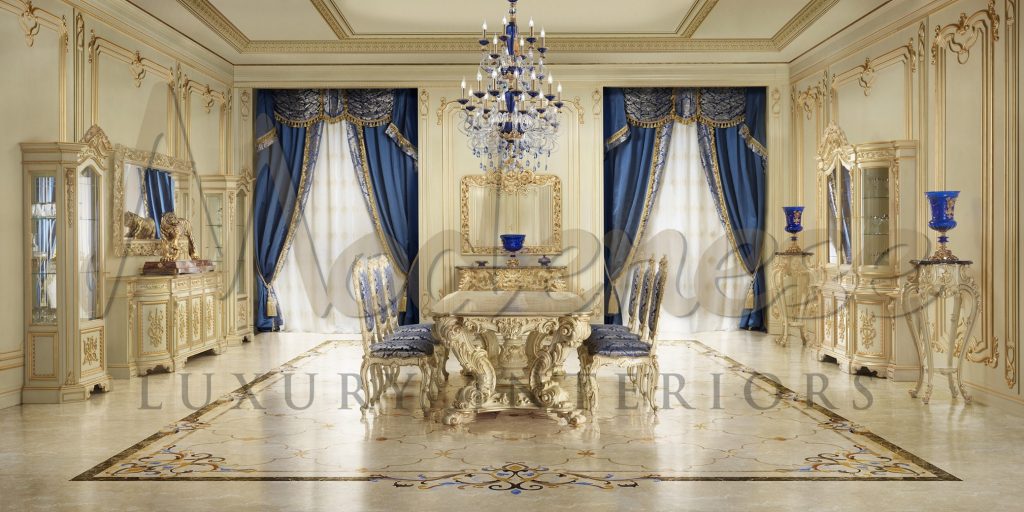
II. Renaissance Revival in Italian Furniture Design
A. The Renaissance Revival style emerged in the mid-19th century as a response to the growing interest in the art. It is characterized by the use of ornate and decorative elements, such as intricate carvings, gilding, and inlays. They were inspired by the opulence of the Renaissance courts. Renaissance Revival furniture also often features classical motifs, such as columns and arches, as well as richly patterned fabrics.
B. Examples of Renaissance Revival furniture design include the ornate and grand pieces found in palaces and villas of the Italian nobility during the Renaissance period. In contemporary times, Italian furniture brands such as Roberto Giovannini and Fratelli Boffi have continued to produce furniture inspired by the Renaissance Revival style, with pieces such as ornate cabinets, baroque-style chairs, and intricately carved tables.
C. The Renaissance Revival style has had a significant influence on contemporary furniture design, particularly in the use of ornamental details and traditional techniques. Many contemporary furniture pieces incorporate elements of Renaissance Revival design, such as carved woodwork, inlays, and decorative motifs. Additionally, the use of richly patterned fabrics and upholstery remains popular in contemporary furniture design, particularly in luxury pieces. The influence of the Renaissance Revival style can be seen in the work of modern Italian furniture designers, such as Gianfranco Ferre Home and Angelo Cappellini, who continue to create ornate and grand pieces that evoke the opulence of the Renaissance period.
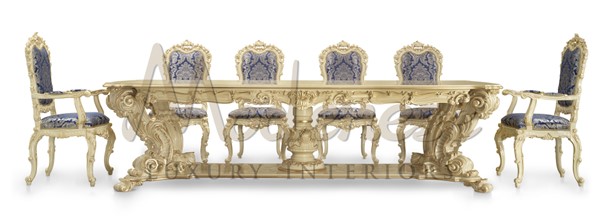
III. The Emergence of Minimalism in Italian Furniture Design
A. The Minimalism style emerged in the mid-20th century as a response to the ornate and decorative styles that dominated the previous centuries. It is characterized by a focus on simplicity and the use of minimal elements, often with a neutral color palette. Minimalist furniture designs emphasize clean lines, geometric shapes, and the use of modern materials such as steel, glass, and concrete.
B. Examples of Minimalist furniture design include the works of designers such as Giuseppe Terragni, Gio Ponti, and Carlo Scarpa, who were influential in shaping the Minimalism movement in Italian furniture design. Their designs often incorporated simple, geometric shapes, and the use of modern materials such as steel and glass. Examples of Minimalist furniture pieces include clean-lined sofas, chairs, and tables with minimal ornamentation.
C. The emergence of Minimalism had a significant impact on contemporary furniture design, particularly in its emphasis on simplicity, functionality, and the use of modern materials. Many contemporary Italian furniture designers continue to draw inspiration from Minimalism, creating sleek and minimal pieces that embody the style’s principles. The use of modern materials such as metal, glass, and concrete has become increasingly common in contemporary furniture design, and the emphasis on simplicity and functionality has become a defining characteristic of modern Italian furniture design. The influence of Minimalism can be seen in the work of contemporary Italian furniture designers such as B&B Italia, Poliform, and Cassina, who continue to produce minimalist furniture designs that are both stylish and functional.
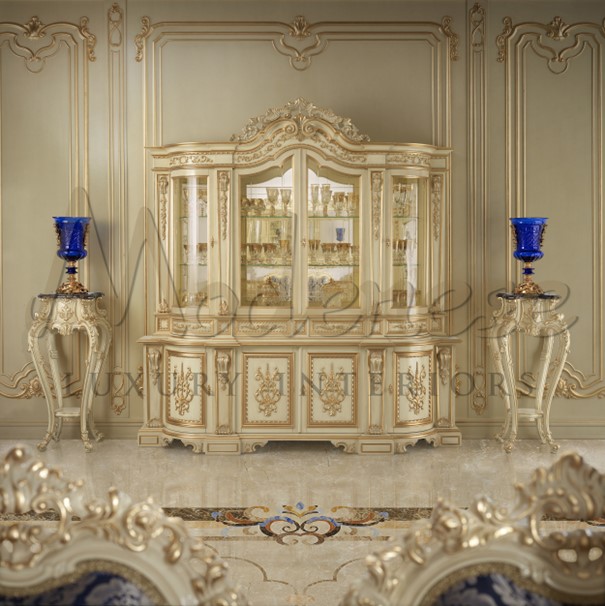
IV. The Evolution of Italian Furniture Brands
A. Luxury furniture brands in Italy have a long history of producing high-quality, innovative furniture.
B. Examples of well-known Italian furniture brands include Cassina, Poltrona Frau, and Molteni & C.
C. Italian furniture brands continue to push the boundaries of design, incorporating new materials and technologies into their work.
V. The Intersection of Function and Style in Italian Furniture Design
A. Italian furniture design has always placed a strong emphasis on both function and style.
B. Examples of Italian furniture that embody both function and style include the iconic LC4 chaise longue by Le Corbusier, Pierre Jeanneret, and Charlotte Perriand.
C. Contemporary furniture designers continue to explore the relationship between function and style, drawing inspiration from Italian design.
VI. The Future of Italian Furniture Design
A. Trends in contemporary Italian furniture design:
The future of Italian furniture design is likely to be influenced by trends that focus on sustainability, versatility, and customization. Many Italian furniture brands are incorporating eco-friendly materials and manufacturing processes into their designs. The trend of customization is allowing consumers to personalize their furniture to suit their individual needs.
B. The potential for innovation in Italian furniture design:
Italian furniture design has a long history of innovation and creativity. And there is no reason to believe that this will change in the future. Advances in technology, such as 3D printing and augmented reality, could lead to new and exciting possibilities in furniture design. Additionally, there is always the potential for designers to push the boundaries of what is considered traditional in furniture design.
C. The role of Italian furniture design in shaping the future of home decor:
Italian furniture design has already had a significant impact on the way we decorate our homes, and this influence is likely to continue in the future. Italian furniture design has a reputation for excellence and innovation, which makes it a natural leader in shaping the future of home decor. As Italian furniture brands continue to incorporate new materials, technologies, and design concepts into their products, they will undoubtedly inspire other furniture makers and designers around the world.
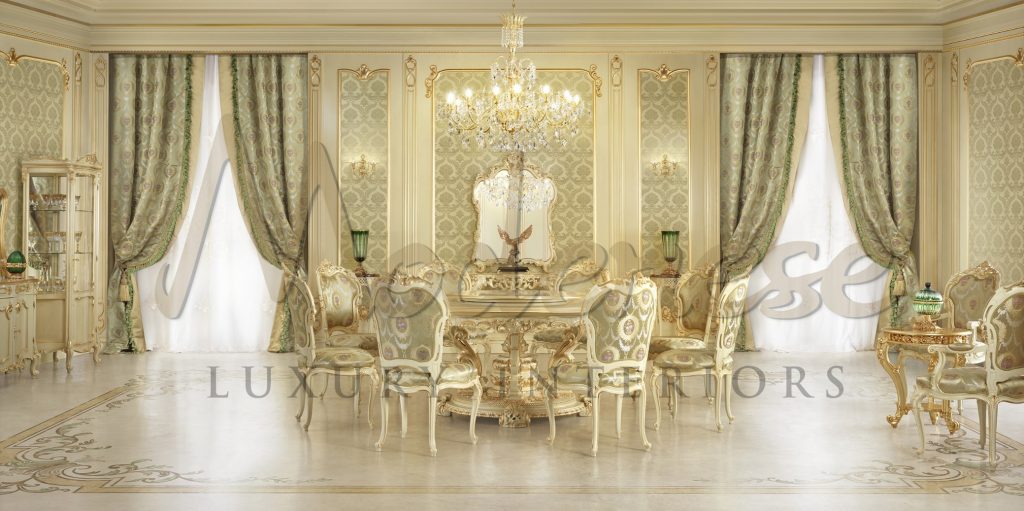
Italian furniture design has a rich history of craftsmanship, innovation, and style that continues to influence contemporary home decor. As we look to the future of furniture design. We can expect Italian furniture brands to continue to lead the way in terms of sustainability, versatility, and customization. With its reputation for excellence and innovation. Italian furniture design will undoubtedly play an important role in shaping the future of home decor for years to come.
Visit our online showroom

